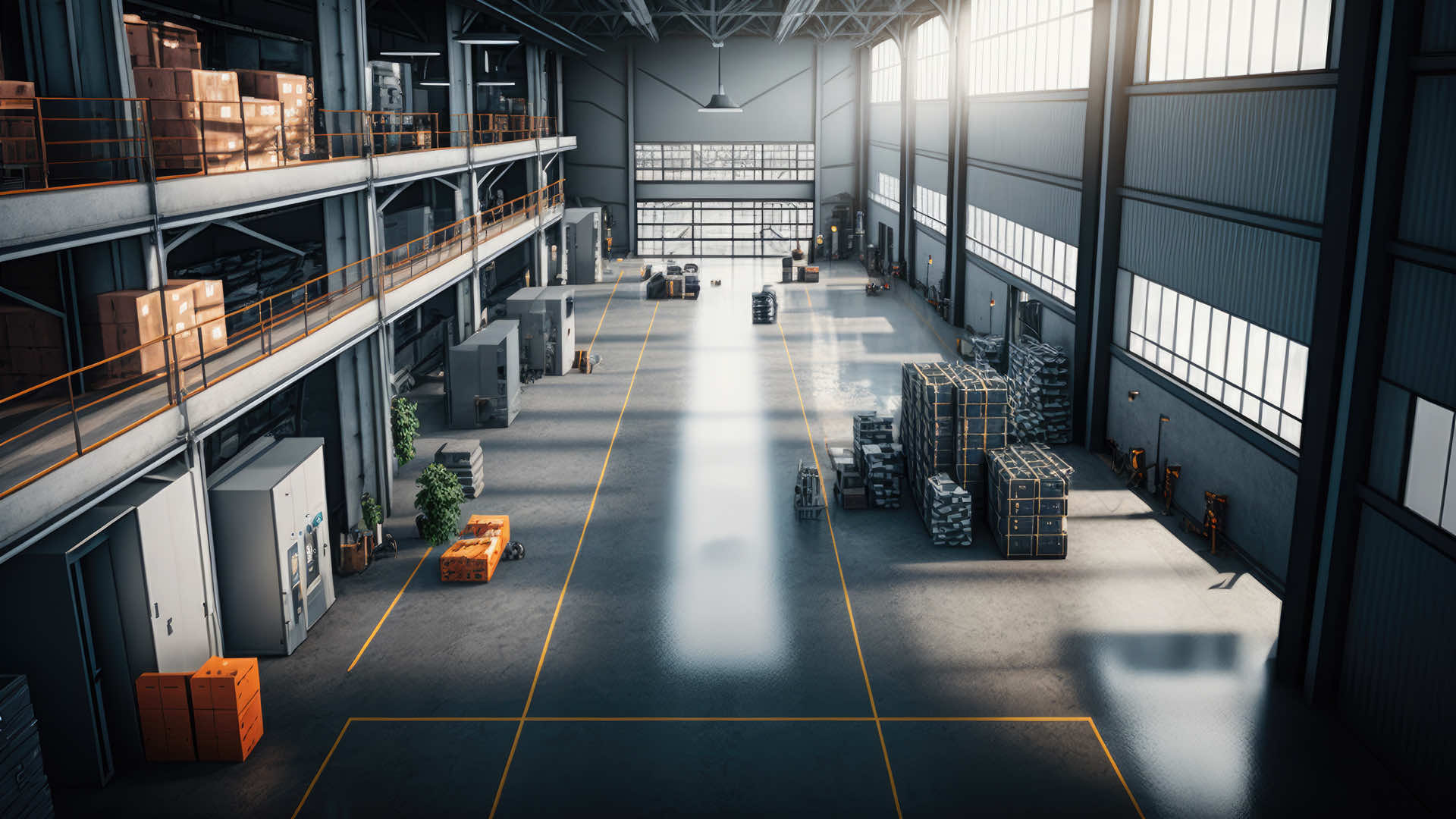Sanitation Problems in Shared Warehouses

Sanitation is the general name for hygiene and cleaning practices in businesses. Especially in the food, health and production sectors, sanitation is of critical importance for the safety of products, employees and consumers. In this context, the purpose of sanitation in businesses is to minimize disease and contamination risks by controlling microorganisms, pollutants and other harmful elements.
Sanitation is vital for creating a healthy and safe working environment in businesses, as well as increasing product quality and customer satisfaction. Continuous review and improvement of sanitation procedures plays an important role in achieving these goals.
It is important to follow a systematic approach to eliminate sanitation problems experienced in common warehouses. This is not limited to cleaning and regulations, but can be achieved by continuously improving processes and procedures, training employees and regular inspections. Here are detailed solutions to eliminate these problems:
Cleaning and Disinfection Procedures
A detailed cleaning plan should be prepared for warehouse areas on a daily, weekly and monthly basis. Cleaning hours and responsibilities should be clearly determined. Using Appropriate Cleaning Materials: Appropriate and effective chemicals should be used for cleaning and disinfection. Cleaning materials should be selected according to different surfaces and dirt types. For example, approved disinfectants that can come into contact with food should be used for food warehouses. Records should be kept containing the dates and times of cleaning operations, materials used and information about the responsible personnel. These records provide a reference for regular inspections.
Pest and Pest Control
Obtaining Professional Pest Control Service: Professional pest control service should be obtained at regular intervals and cooperation should be made with pest control experts.
Placing Traps and Traps: Pest traps should be placed at warehouse entrance points, areas where products are stored and risky areas. These traps and traps should be checked and changed regularly.
Warehouse Structural Maintenance: Cracks and openings that may occur in areas such as walls, doors and windows should be repaired to prevent pests from entering. Gaps under doors should be closed and barriers such as fly screens should be used.
Providing Appropriate Storage Conditions
The appropriate temperature and humidity levels should be provided according to the needs of the products stored in the warehouse. Regular maintenance and calibration should be carried out for cold storage. Temperature and humidity values should be recorded regularly. Ventilation systems should be operated and maintained regularly to ensure air circulation in the warehouse. Air filters should be changed when necessary. Products should be stored on pallets away from the floor and walls. Food and chemical products should be stored in separate areas, and special storage conditions should be provided for flammable substances.
Preventing Cross-Contamination
Storage areas should be clearly separated in order to prevent contact between different product groups due to sanitation rules. For example, food products and cleaning materials should be stored in separate areas. Clean and dirty areas should be clearly defined in the warehouse, and appropriate usage and cleaning instructions should be applied to these areas. It should be ensured that personnel entering the warehouse comply with hygiene rules. The use of hand sanitizer should be made mandatory at the entrance, and shoes should be changed when necessary.
Waste Management and Regulation
Appropriate waste collection points should be established for waste generated in the warehouse, and these points should be cleaned at regular intervals. Organic waste, hazardous waste and recyclable materials should be collected separately and these wastes should be disposed of or recycled appropriately. Since the accumulation of waste can cause odor and pest problems, keeping waste covers closed and cleaning them regularly is very important for sanitation.
Personnel Training and Raising Awareness
Employees should be regularly trained on hygiene, sanitation and safety. In training, warehouse cleaning, product placement and personal hygiene rules should be emphasized. In order to see the effect of the training, regular inspections should be carried out and deficiencies should be identified. After the training, it should be checked whether the employees comply with the rules. Necessary improvements should be made in sanitation procedures by taking into account the feedback from the employees.
Audit and Monitoring Systems
Warehouse hygiene and sanitation practices should be checked by internal audit teams at regular intervals. If necessary, independent auditing organizations can be worked with. The results of the audits should be examined in detail, deficiencies should be identified and quickly resolved. Action plans should be created after the audit and implementation should be monitored. Areas that are critical in terms of hygiene in the warehouse should be determined and special attention should be paid to these points. These areas should be cleaned and checked more frequently.
These solutions minimize possible health and safety risks by keeping warehouse hygiene and sanitation in a continuous improvement cycle.